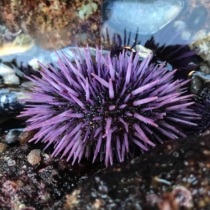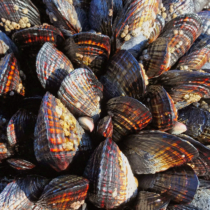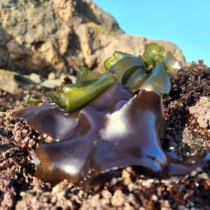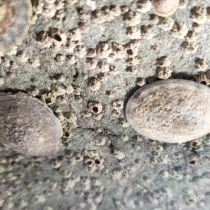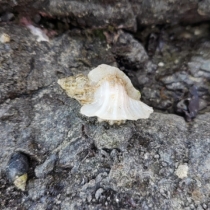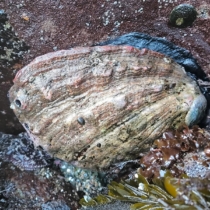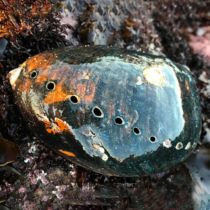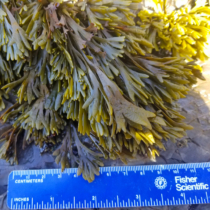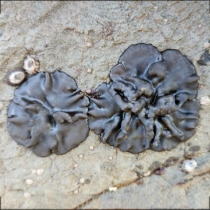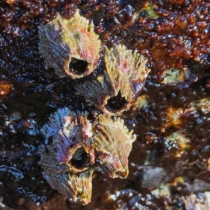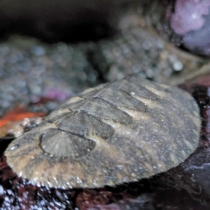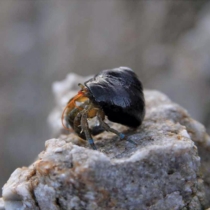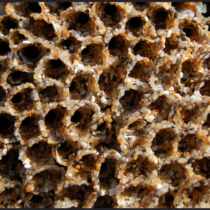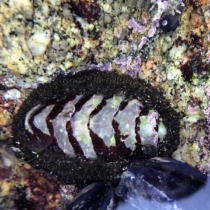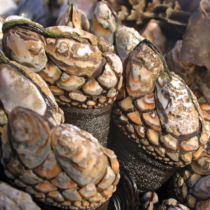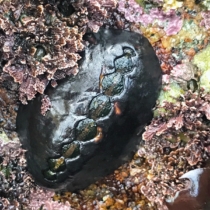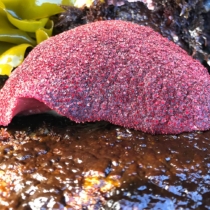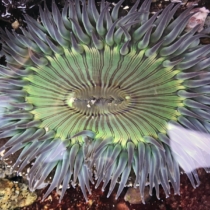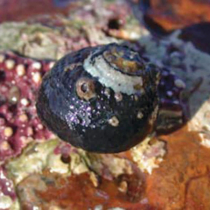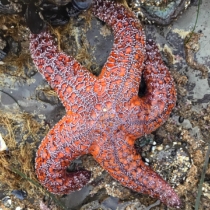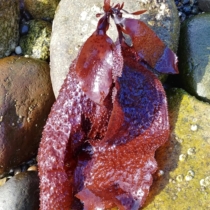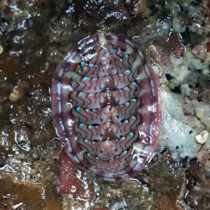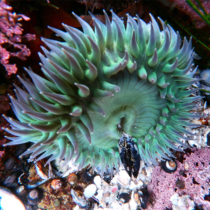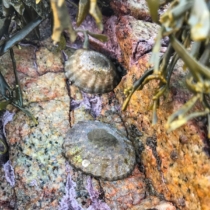Description: When large areas of the intertidal are relatively flat and uniform, they can be delineated and the abundance of selected species can be sampled within them. Typically counts of selected species in 10 to 20 randomly placed ¼m² quadrats can provide good estimates that can be compared statistically over time.
Purpose: Used to provide statistically robust estimates of species abundance that can be compared over time.
Procedure: The size and location of permanent areas used for random quadrats varies from site to site; however the general technique remains the same for all sites. The general procedures are as follows:
- Mark the boundaries of the permanent area with meter tapes or cones.
- Place a quadrat inside the permanent area using a series of two, three-digit numbers, selected at random.
- Using the random number tables, close your eyes and randomly point to a number on the table marked “Coordinate 1.” Randomly select a second number from the table marked “Coordinate 2.” Record these numbers on the datasheet.
- Using a meter tape and coordinate 1, locate the position along the base of the permanent area.
- Use a second meter tape, perpendicular to the first, to find the location specified by coordinate 2.
- Center the quadrat over the meter tape.
- Record species abundance within the quadrat as directed on the datasheet.
- Repeat the above procedure until 10 to 20 random quadrats have been completed.
- Note, in some cases, the random numbers will place the quadrat in a deep pool or drop-off. When this happens, place the quadrat on a level area as close to the original location as possible.

